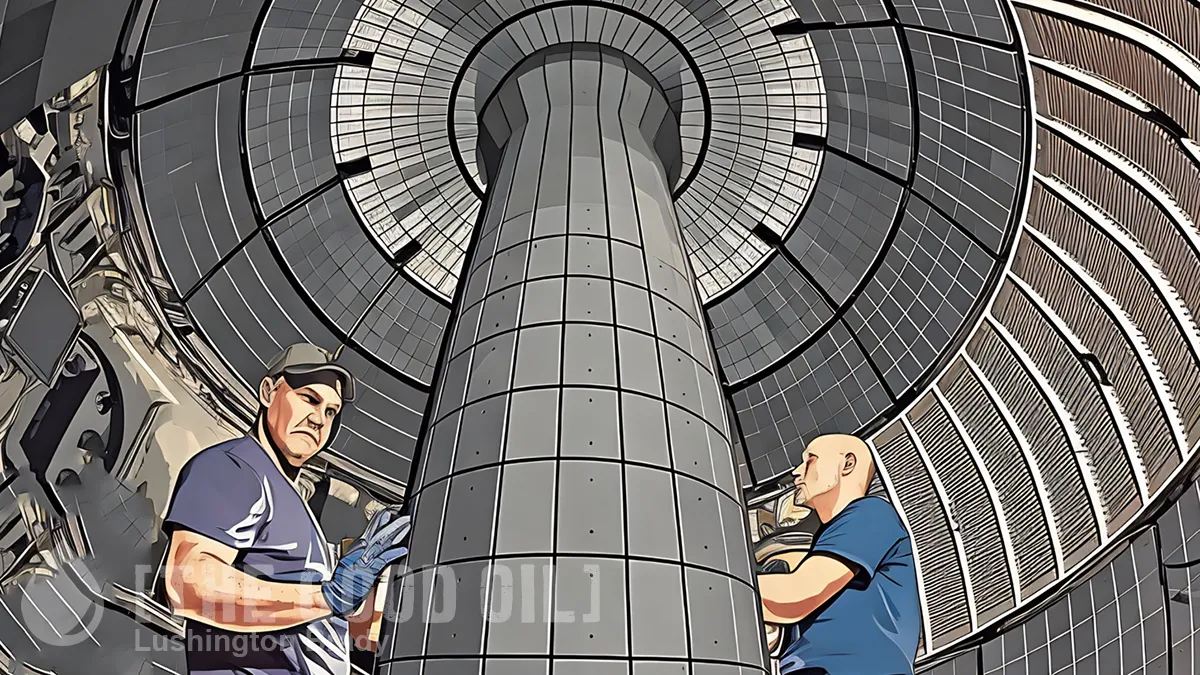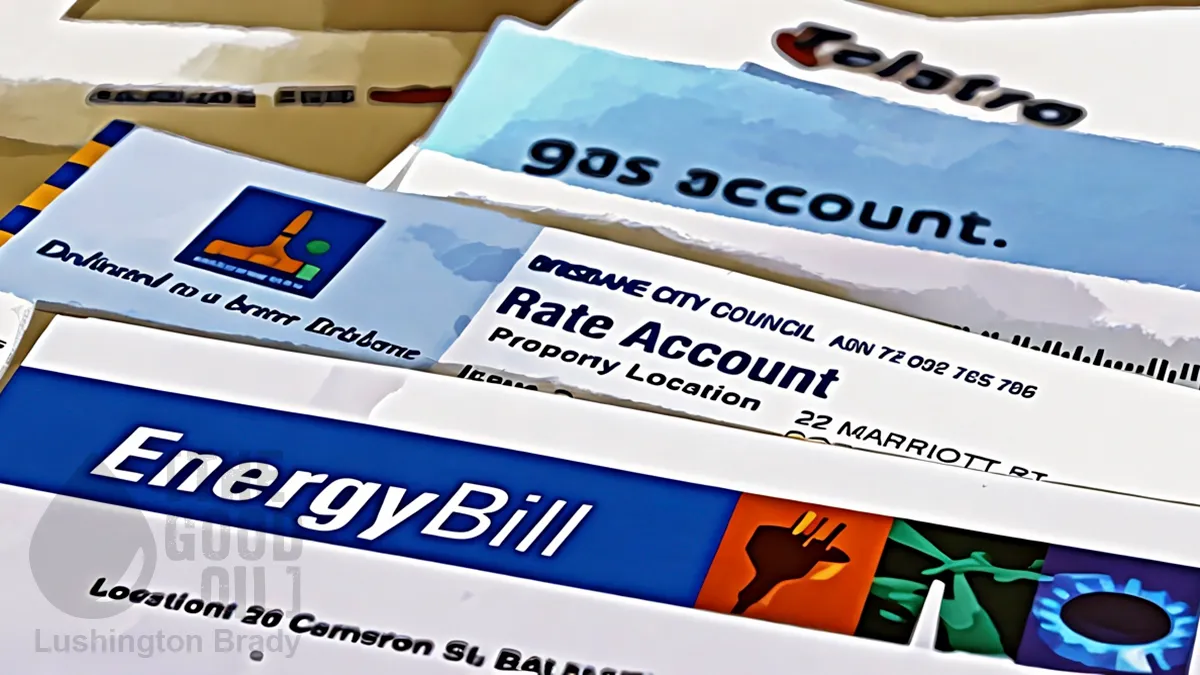Fusion: it’s been ‘just around the corner’ for as long as I can remember. So, you’ll forgive me if I don’t get too excited about a claimed “one step closer” to useful fusion generation.
Energy startup Commonwealth Fusion Systems has announced that it will begin construction of the “world’s first grid-scale” nuclear fusion power plant near Richmond, Virginia.
The MIT spinout announced this week that it was “one step closer” to making fusion energy – fusing atoms together inside a reactor, like the process that powers stars in the night sky – a reality with a multibillion-dollar investment in the facility.
The goal is to produce a considerable 400 megawatts, enough to power 150,000 homes, the company claims. The company hopes to build the Virginia plant by the “early 2030s,” according to an MIT press release.
All very exciting, except…
CFS has yet even to demonstrate that its facilities are capable of producing more energy than is required to kickstart the process, or net fusion energy. That’s something that has proven incredibly difficult, particularly at scale – despite almost a century of fusion research.
The company hasn’t even finished the construction of its much, much smaller reactor called SPARC near Devens, Massachusetts, designed to demonstrate such a feat.
Illustrating exactly how speculative the whole thing is: a 2023 image featured in reporting by CNN about this week’s announcement shows construction workers marveling at what appears to be an aspirational, full-scale mural plastered to the back wall of a cavernous and largely empty facility.
What is fusion and why is everyone so excited about the possibility of it, anyway?
Conventional nuclear energy works by fission: splitting atoms apart. When that happens, the split-apart atomic nuclei are very slightly smaller in mass than the nucleus of the original atom. That deficit in mass is converted to energy. As Einstein’s famous equation tells, E=mc², tells us, a very small amount of mass (m) multiplied by the speed of light (3x100,000,000) converts to a lot of energy.
Fusion, on the other hand, works by combining two or more atomic nuclei into one. As with fission, the new atomic nucleus is slightly less massive than the sum of the originals, and, again, that surplus mass is converted into a lot of energy.
The (potential) benefits of fusion are that its fuel sources – hydrogen and lithum – are some of the most abundant elements in the universe. The reaction also produces vastly less long-lived radioactive waste than fission. It’s also inherently safer.
The problem is that it’s very hard to achieve. Fusion is what powers the Sun and other stars. Containing that kind of super-intense heat and pressure here on Earth is the daunting engineering challenge that’s kept workable fusion at bay for nearly a century to date.
Despite claims of building a grid-scale plant, so far even the most spectacular fusion successes to date have only produced modest amounts of useful energy.
In 2022, scientists at the government-funded Lawrence Livermore National Laboratory in California said they had achieved such a breakthrough using the “world’s largest and highest energy laser system.”
They claimed the reactor produced 2.5 megajoules of energy, a 20 per cent net gain over what they needed to start the reaction – which is roughly enough power to boil about two to three kettles.
Still, it pays to remember that the Wright brothers only flew 36m for 12 seconds at Kitty Hawk. Less than half a century later, Chuck Yeager broke the sound barrier.
The big booster of flight was the two world wars. A potential big booster for fusion is AI. AI requires vast amounts of power. The sort of power fusion promises. Sam Altman, of OpenAI, is one person banking on the promise of fusion and investing accordingly.
Near the top of that list is Helion, a nuclear fusion power company that’s been around for about 11 years.
And as it turns out, the company didn’t just sign a massive partnership with OpenAI partner Microsoft last year, but it’s even in talks for a deal with OpenAI itself to “buy vast quantities of electricity to provide power for data centers,” according to the WSJ […]
Despite fusion remaining a glint in the eye of nuclear engineers, Altman professes to believe in the promise of a renewable source of electricity, having invested $375 million in Helion back in 2021, the biggest payout he’s ever made to a startup.
“Helion is, like, more than an investment to me,” he said at a StrictlyVC event last year. “It’s the other thing beside OpenAI that I spend a lot of time on. I’m just super excited about what’s going to happen there.”
As for me – I’ll get excited when it actually happens.









